Introduction: Understanding CPR for Birds
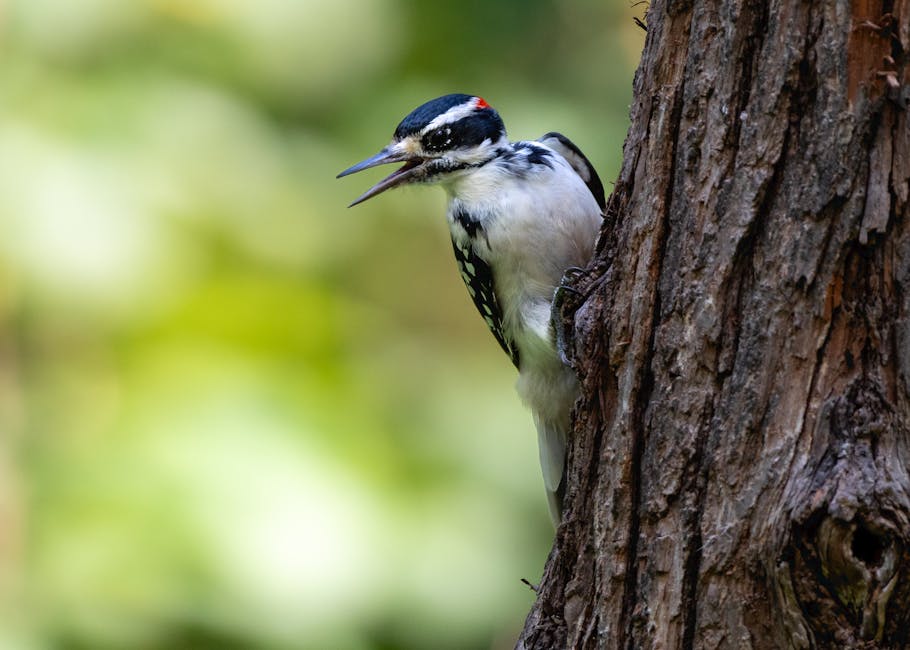
CPR, or cardiopulmonary resuscitation, is a life-saving technique used to revive individuals experiencing cardiac arrest or respiratory failure. While commonly associated with humans, CPR can also be performed on animals, including birds. In this article, we will explore the fundamentals of CPR for birds, discussing the steps involved and highlighting important precautions to ensure the safety of both the bird and the rescuer.
The Basics of CPR for Birds

Performing CPR on a bird requires a delicate approach due to their small size and unique physiology. Birds have a highly efficient respiratory system, relying on air sacs instead of a diaphragm for respiration. Additionally, their ribcage lacks flexibility, making chest compressions more challenging. Understanding these specific considerations is crucial when performing CPR on a bird.
CPR for birds involves two primary techniques: artificial respiration and chest compressions. Artificial respiration, also known as mouth-to-beak resuscitation, provides oxygen to the bird’s lungs. Gently hold the bird, cover its beak and nostrils with one hand, and deliver a small burst of air into its beak. Carefully observe the chest for signs of movement after each breath. If the bird remains unresponsive, continue providing artificial respiration at a rate of approximately 20 breaths per minute.
If the bird fails to regain consciousness or start breathing, chest compressions are necessary. Place the bird on a firm surface with its breastbone facing up. Use the tips of your fingers to apply gentle pressure to the breastbone, compressing it one-third to one-half of its depth. Aim for a rate of 100 to 120 compressions per minute.
While CPR is a valuable skill, it may not always succeed in reviving a bird. However, in emergency situations, attempting CPR offers a chance to save a bird’s life. Understanding the basics of CPR and being prepared to perform it can make a significant difference when faced with critical situations.
Preparations for Performing CPR on a Bird

Before performing CPR on a bird, it is essential to make necessary preparations. Acquiring proper training and expertise in avian CPR is crucial for effectively responding to emergencies involving birds in distress. Familiarize yourself with the recommended techniques and guidelines provided by reputable sources such as the American Red Cross, VCA Animal Hospitals, and BirdChannel.com. These resources offer valuable insights and further reading materials on performing CPR on birds.
By understanding the basics of CPR for birds and being prepared to take immediate action, you can increase the chances of saving a bird’s life. In the next section, we will provide important guidelines to ensure the safety and effectiveness of your resuscitation efforts.
Resources and Further Reading
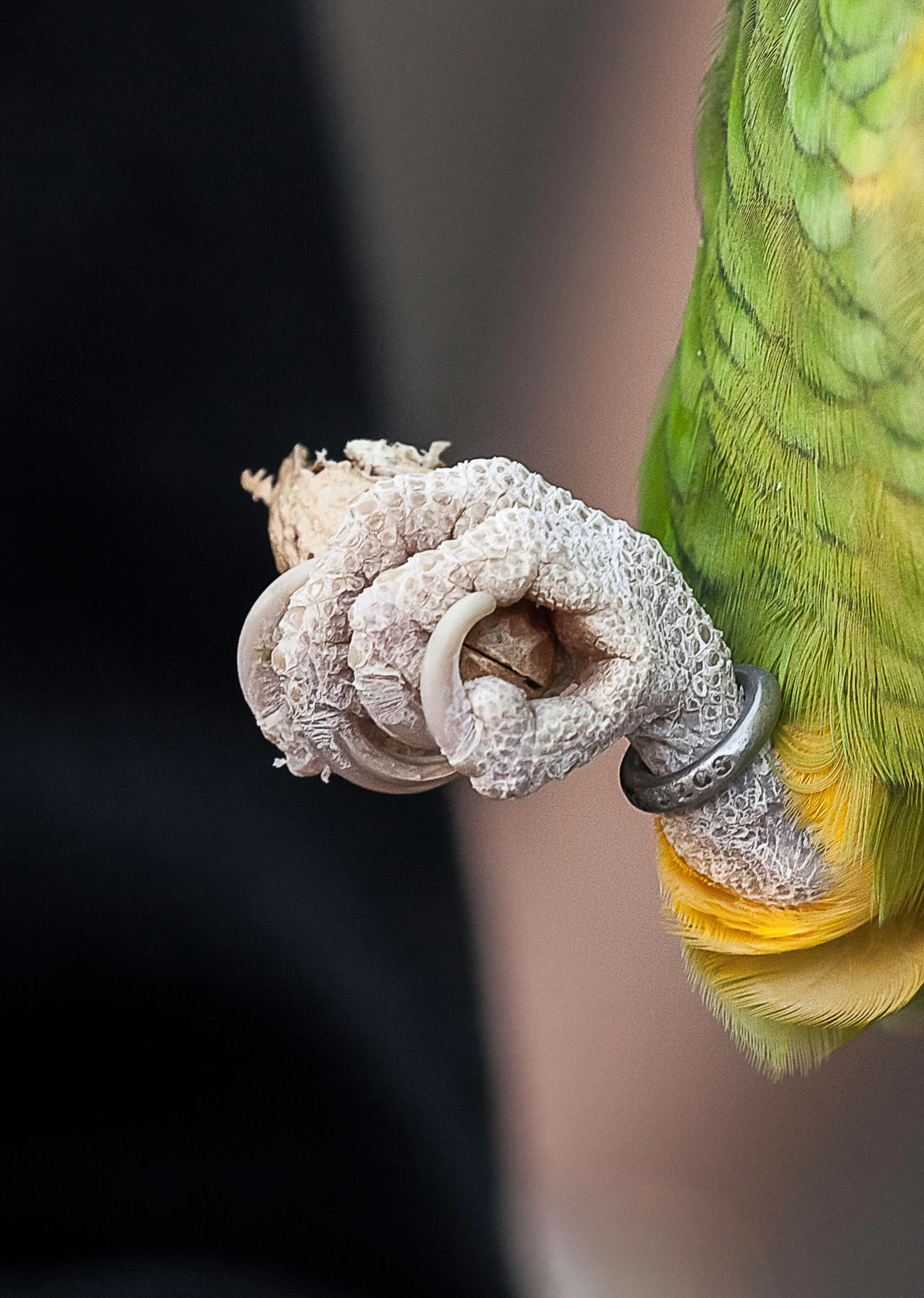

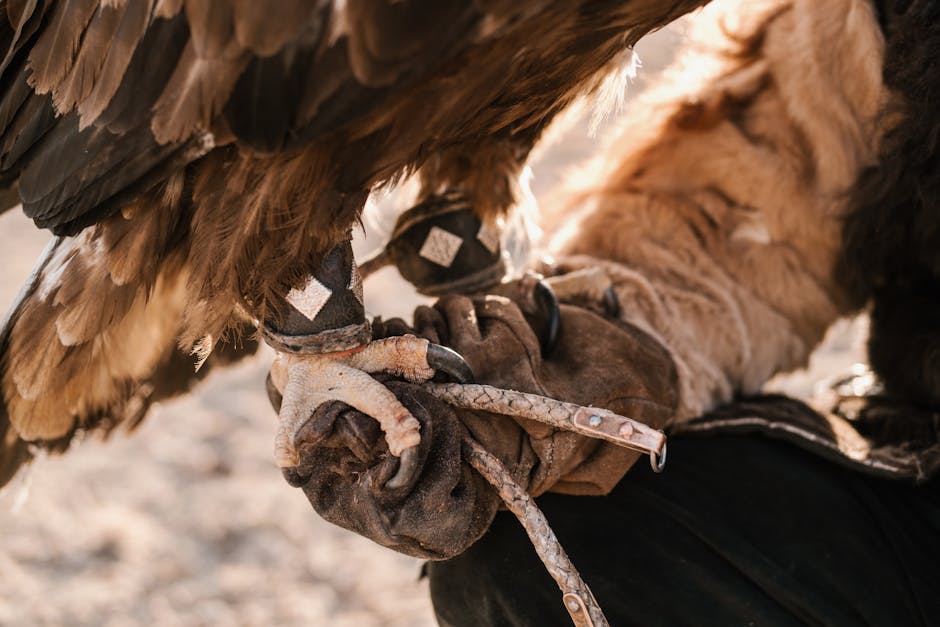

- American Red Cross – Pet First Aid
- Bird CPR and Artificial Respiration – VCA Animal Hospitals
- Performing CPR on a Bird – BirdChannel.com
Preparing to Perform CPR on a Bird
![]()
Proper preparation is crucial for performing CPR on a bird. By gathering essential supplies and creating a safe environment, you can increase the chances of a successful resuscitation.
Importance of Preparation
Preparing for bird CPR is crucial as it significantly impacts the procedure’s outcome. CPR, or cardiopulmonary resuscitation, is an emergency technique used to revive birds that have stopped breathing or have no heartbeat. Being prepared allows you to act quickly and effectively in critical situations.
Gather Essential Supplies
Before attempting bird CPR, gather the necessary supplies:
- Latex or disposable gloves: Protect yourself and maintain hygiene during the procedure.
- Small towels or cloth: Handle the bird gently and provide a stable surface for CPR.
- Clean, flat surface: Prepare a stable surface for administering CPR.
- Tweezers or forceps: Use these tools to remove obstructions from the bird’s airway if necessary.
- Stopwatch or timer: Keep track of CPR cycles for maintaining the correct rhythm and duration.
- Additional tools or equipment: Consult a veterinarian or avian expert for any specific recommendations.
Create a Safe Environment
Ensuring a safe environment is key to performing bird CPR. Follow these steps:
- Find a quiet, well-lit area: Locate a quiet space to work undisturbed and provide a calm environment for the bird.
- Remove potential hazards or obstructions: Clear the area of objects or substances that could interfere with CPR.
- Minimize stress on the bird: Keep other pets or animals away from the area to reduce additional stress.
By following these preparation guidelines, you can ensure that you are ready to perform bird CPR in a well-equipped and safe environment. The next section will cover the step-by-step process of performing CPR on a bird, providing you with the necessary knowledge to act swiftly and effectively.
Steps to Perform CPR on a Bird
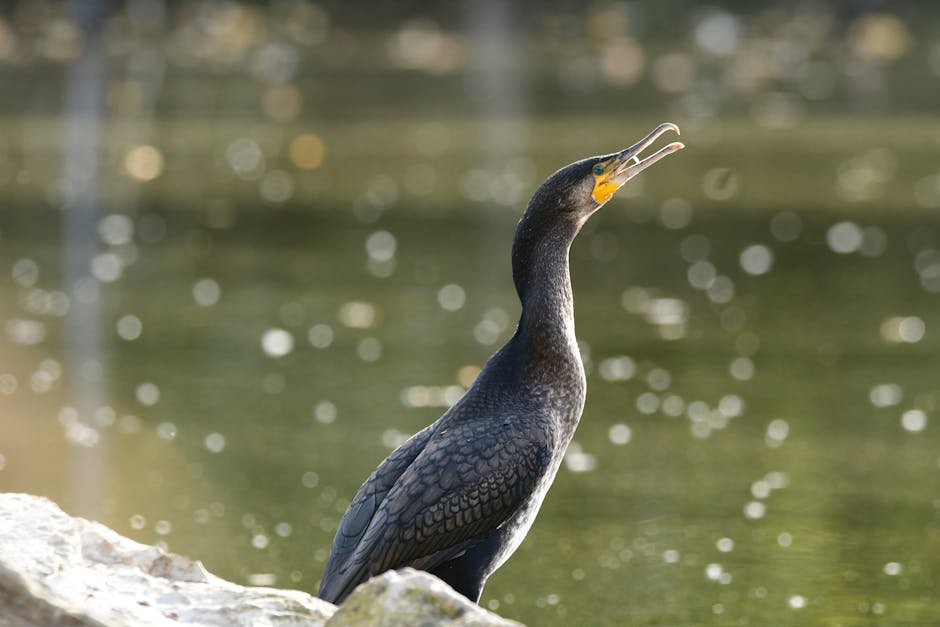
Performing CPR on a bird requires careful and precise actions to increase the chances of revival. Follow these steps:
Assess the Situation
Before attempting bird CPR, assess the situation to ensure safety and the bird’s well-being. Look out for potential dangers or hazards and try to remove or minimize them if possible.
Check for Responsiveness
Approach the bird gently and observe its behavior for signs of responsiveness. Tap the bird or make a soft noise to assess its reaction. If there is no response, immediate intervention is needed.
Clear the Airway
If the bird is unresponsive, check if its airway is blocked. Carefully open its beak and remove any visible obstructions using tweezers or a clean cloth.
Begin Chest Compressions
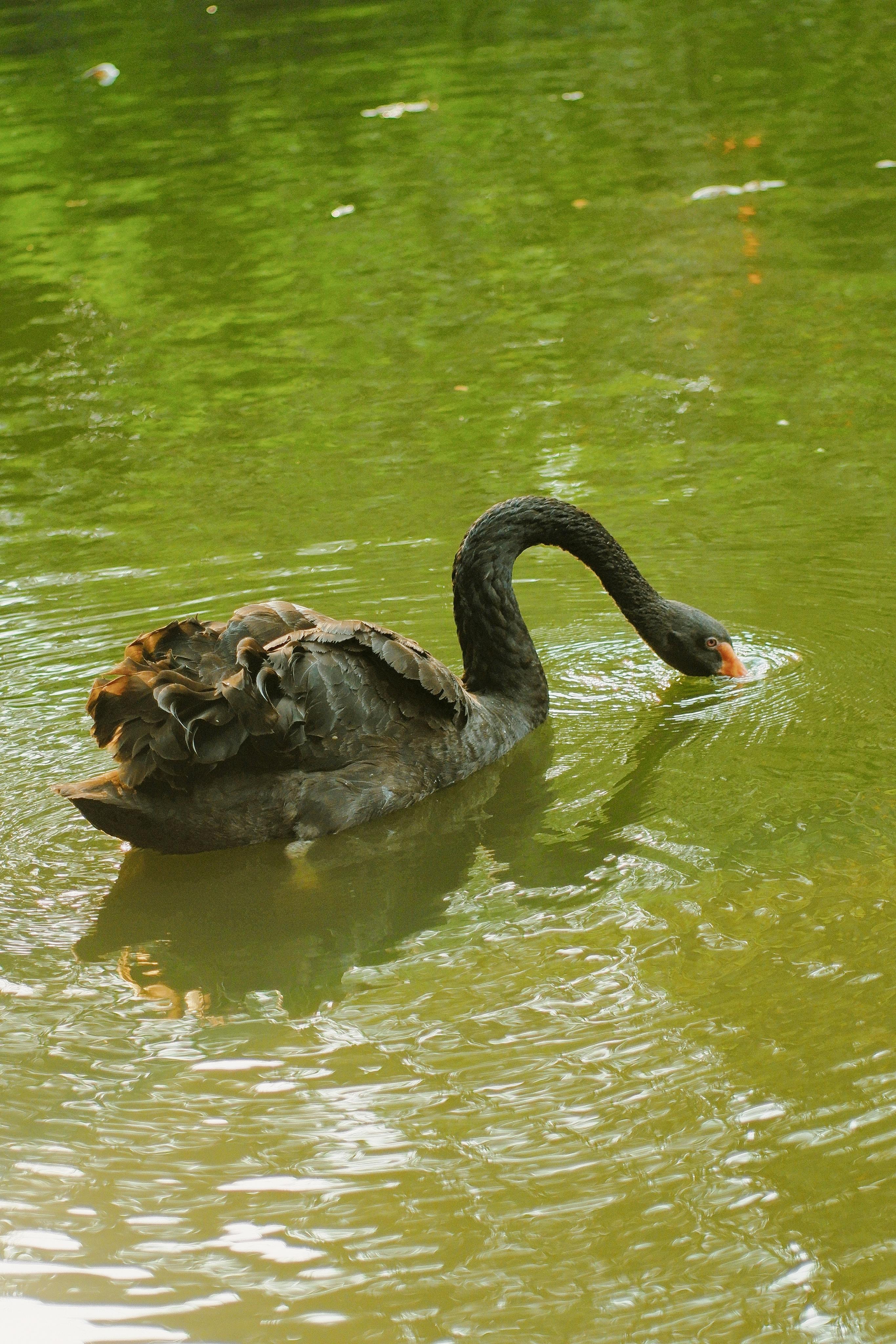
Place the bird on a flat and stable surface. Position yourself at the bird’s side and apply gentle and rhythmic pressure to compress the chest just below the wings. Aim for a rate of approximately 100-120 compressions per minute.
Perform Rescue Breaths
After every 30 chest compressions, provide rescue breaths. Gently extend the bird’s neck, cover its beak with your mouth or a small avian CPR mask, and deliver two slow breaths.
Continue the Cycle
Alternate between chest compressions and rescue breaths until the bird shows signs of recovery or until professional help arrives. Maintain a steady rhythm and monitor the bird’s response throughout the process.
By following these steps, you can provide immediate care to a distressed bird using CPR techniques. Remember that CPR should be performed as a temporary measure while seeking professional veterinary assistance whenever possible. In the next section, we will discuss important cautions to consider when performing CPR on a bird.
Word Count: 297 words
Cautions to Consider When Performing CPR on a Bird
![]()
Performing CPR on a bird requires utmost caution due to their delicate anatomy and specific physiological characteristics. Here are several important considerations to keep in mind:
Fragile Anatomy
Birds have fragile anatomical structures, including thin bones and sensitive air sacs. Handle them with extreme care during CPR to avoid causing further harm. Use gentle and delicate movements to minimize the risk of fractures or damage to vital organs.
Size and Weight
Birds vary significantly in size and weight, from small songbirds to larger birds of prey. Consider the appropriate amount of pressure to apply during chest compressions based on the bird’s size and fragility. Apply sufficient force to compress the chest without causing injury.
Avian Respiratory System
Birds have a unique respiratory system that includes air sacs. Improper manipulation of the bird’s chest during CPR can disrupt their breathing process and damage these sensitive structures. Exercise caution when performing chest compressions to minimize the risk of harm to the respiratory system.
Beak and Talons
Many bird species have sharp beaks and talons that can cause injury. Approach the bird cautiously, keeping a safe distance from its beak and talons. Consider using protective equipment such as gloves to prevent harm while administering CPR.
Stress and Anxiety
Birds are highly sensitive creatures and can become extremely stressed or anxious during medical interventions. Create a calm and quiet environment to minimize stress. Reduce noise, avoid sudden movements, and provide a dimly lit space. Keep in mind that a stressed bird may have a harder time responding to CPR efforts.
Knowledge and Experience
Administering CPR on a bird requires specialized knowledge and training. Rescuers should have prior experience or receive proper instruction in avian CPR techniques to ensure the best possible outcome. Understand the correct hand placement, compression depth, and overall procedure for performing CPR on a bird.
Legal Considerations
When performing CPR on a bird, be aware of any legal considerations. Some regions may require specific permits or licenses to handle and provide medical assistance to wildlife, including birds. Familiarize yourself with local regulations and guidelines to ensure compliance while administering CPR to birds.
By being mindful of these cautions, rescuers can effectively administer CPR to birds while minimizing the risk of harm and maximizing the chances of successful resuscitation.
Conclusion
![]()
– The Importance of Knowing How to Perform CPR on a Bird

Performing cardiopulmonary resuscitation (CPR) on a bird can be a life-saving skill in critical situations. By understanding the significance of CPR for birds and being prepared to take immediate action, bird owners and enthusiasts can significantly improve the chances of survival for their feathered companions.
CPR, involving chest compressions and artificial respiration, aims to restore blood circulation and oxygenation, which are essential for a bird’s well-being. Administering CPR promptly can bridge the gap between the onset of distress and obtaining professional veterinary assistance, especially in areas where avian veterinarians specializing in bird care may not be readily available.
Birds may require CPR due to incidents such as choking, trauma, electric shock, near-drowning, or respiratory issues. Having the knowledge and skills to perform CPR equips individuals to respond effectively during critical moments. Immediate intervention with CPR can prevent irreversible damage to vital organs and tissues, preserving the bird’s overall health until more advanced medical interventions can be administered.
Furthermore, knowing how to perform CPR on a bird enhances preparedness for unforeseen emergencies. The ability to respond swiftly and effectively empowers bird owners and individuals working with birds, ensuring they can take immediate action when every second counts. This preparedness can make a significant difference in saving a bird’s life.
To develop proficiency in performing CPR on a bird, it is essential to understand the basics, such as the correct technique, hand placement, and the appropriate ratio of chest compressions to rescue breaths. Additionally, being aware of potential cautions and risks associated with CPR on birds is crucial to ensure the safety and well-being of both the bird and the rescuer.
In conclusion, CPR represents a vital skill for bird owners and enthusiasts alike. Its life-saving potential, rapid response requirement, limited availability of avian veterinarians, and ability to prevent irreversible damage underscore the importance of knowing how to perform CPR on a bird. By equipping oneself with this knowledge and skill, bird lovers can play a pivotal role in safeguarding the well-being and survival of their feathered companions during critical emergencies.
Resources and Further Reading
- American Veterinary Medical Association (AVMA) – CPR in Birds
- The Spruce Pets – CPR for Birds
- BirdChannel.com – CPR for Birds
- Bird First Aid and CPR
Resources and Further Reading
To effectively and safely perform CPR on a bird, reliable resources and further reading materials are crucial. Here are valuable sources that provide guidance and information:
Importance of Reliable Sources
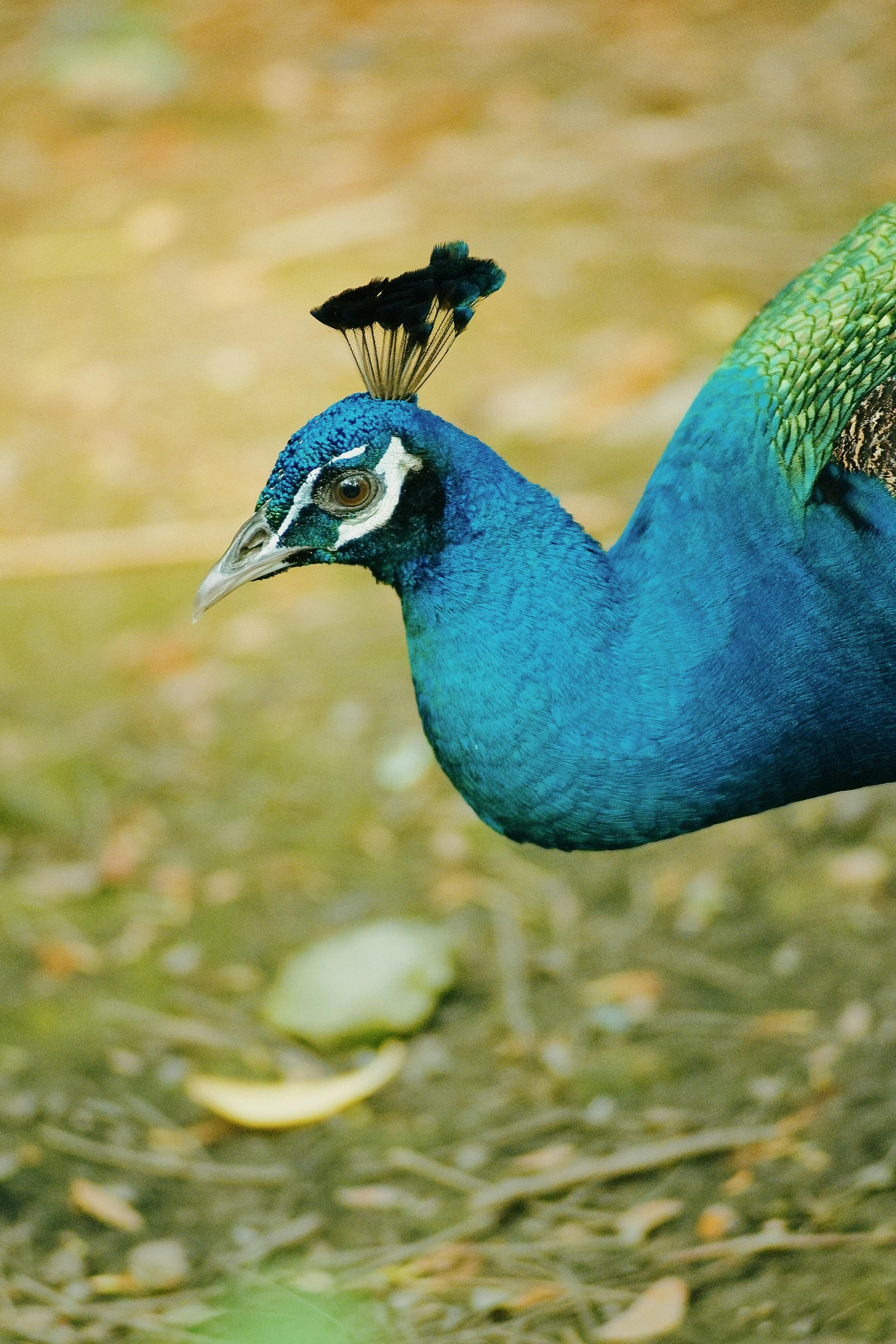
Relying on reputable resources ensures up-to-date knowledge and techniques for successful resuscitation and minimizing harm to the bird.
Professional Organizations and Veterinary Sources
The Association of Avian Veterinarians (AAV) and the American Association of Wildlife Veterinarians (AAWV) offer reliable resources, guidelines, and publications for avian emergency care, including bird CPR techniques.
Veterinary Guides and Manuals
Consulting avian veterinary guides such as the Manual of Avian Practice by Brian Speer and Emergency Procedures for the Small Animal Veterinarian by Signe J. Plunkett provides detailed instructions and procedures for bird CPR.
Online Resources and Websites
Reputable websites like the Avian Welfare Coalition, World Parrot Trust, and Avianweb offer comprehensive information on bird CPR, including step-by-step instructions and tips.
Scientific Research Papers and Studies
Exploring scientific journals and databases provides access to the latest research findings and advancements in avian resuscitation techniques.
By utilizing these resources, you can enhance your understanding of bird CPR and be well-prepared to perform this life-saving technique.
Conclusion
Knowing how to perform CPR on a bird is essential for avian caregivers, potentially saving a bird’s life in emergencies. We’ve covered the basics, necessary preparations, step-by-step instructions, and important precautions. Reliable resources and further reading materials are significant for accurate information on bird CPR.
Referencing professional organizations, veterinary sources, guides and manuals, online resources, and scientific research papers enhances your knowledge and skills in avian CPR. Stay updated with the latest practices to ensure the best outcomes when performing CPR on a bird.
Remember, perform CPR cautiously and seek immediate veterinary care. With the right knowledge and resources, you can become a capable caregiver, providing aid to birds in distress.
Resources and Further Reading
- Association of Avian Veterinarians (AAV): website
- American Association of Wildlife Veterinarians (AAWV): website
- Speer, B. (Ed.) (2020). Manual of Avian Practice. Elsevier.
- Plunkett, S. J. (2012). Emergency Procedures for the Small Animal Veterinarian. Elsevier.
- Avian Welfare Coalition: website
- World Parrot Trust: website
- Avianweb: website
Frequently Asked Questions
FAQ: CPR for Birds
1. What is CPR for birds?
CPR for birds, or cardiopulmonary resuscitation, is a life-saving technique used to revive birds experiencing cardiac arrest or respiratory failure. It involves artificial respiration to provide oxygen to the bird’s lungs and chest compressions to maintain blood circulation.
2. When should I perform CPR on a bird?
Perform CPR on a bird if it is unresponsive, not breathing, or has no heartbeat. CPR should be administered as a temporary measure while seeking professional veterinary assistance.
3. How do I perform CPR on a bird?
To perform CPR on a bird, provide artificial respiration by covering its beak and nostrils and delivering small bursts of air into its beak. If the bird remains unresponsive, perform chest compressions by applying gentle pressure to its breastbone. Alternate between artificial respiration and chest compressions until the bird shows signs of recovery or professional help arrives.
4. What precautions should I take when performing CPR on a bird?
When performing CPR on a bird, take precautions to avoid causing harm. Handle the bird delicately, consider its size and fragility when applying pressure, and be cautious of its beak and talons. Create a calm environment to minimize stress, and ensure you have proper knowledge and training in avian CPR techniques.
5. Are there any risks or limitations to performing CPR on a bird?
Performing CPR on a bird carries risks due to their delicate anatomy and unique respiratory system. Improper manipulation of the bird’s chest can damage its air sacs or vital organs. Additionally, CPR may not always succeed in reviving a bird. However, in emergency situations, attempting CPR offers a chance to save a bird’s life when professional help is not immediately available.

Leave a Reply